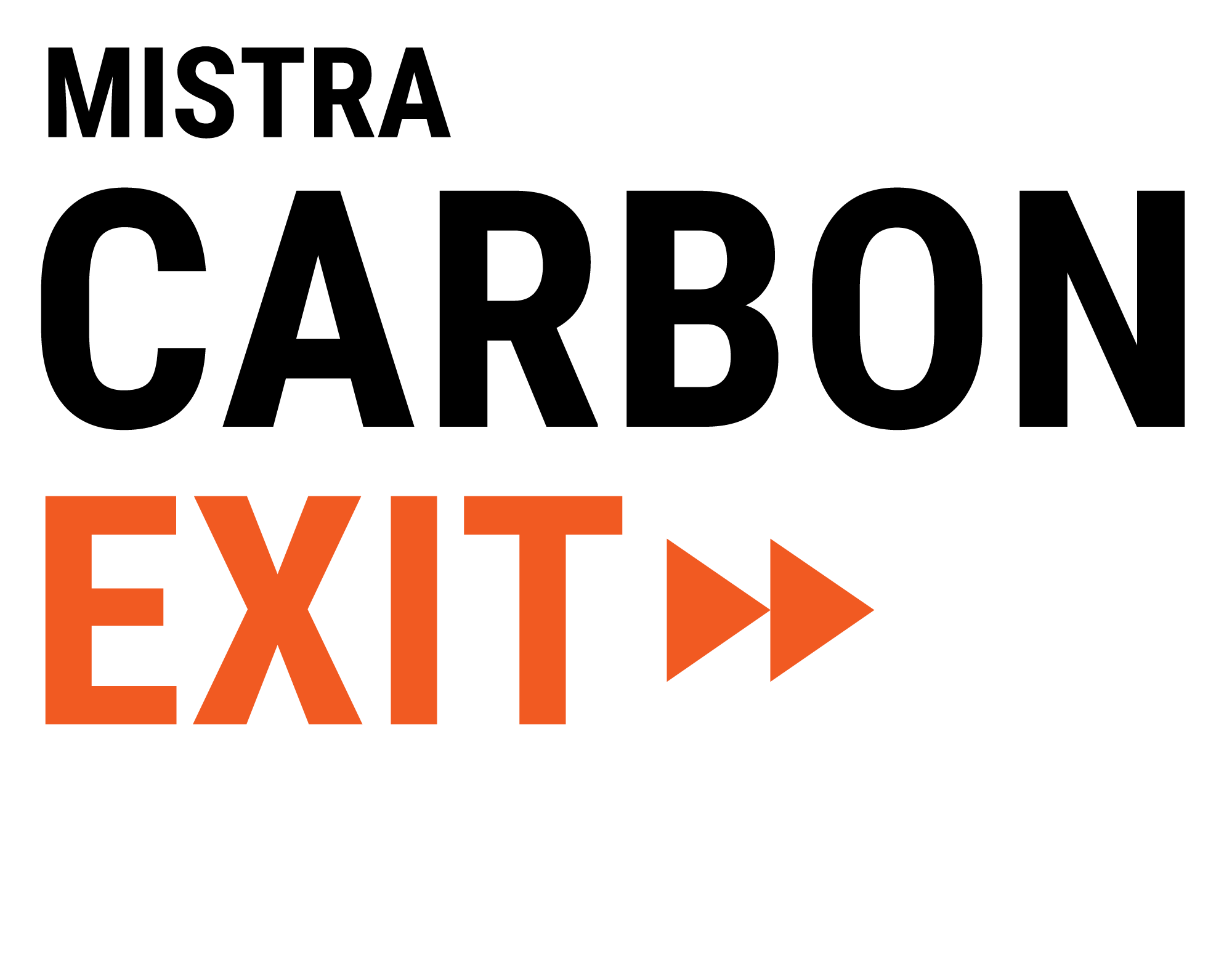12 takeaways on Today’s policy landscape: Sweden, the EU and the USA
Mistra Carbon Exit´s fifth programme conference gave attendants important takeaways on subjects such as the development in north Sweden, transport, building and infrastructure. The changing policies in the EU and the US were other topics.
Here are twelve takeaways from the session Today’s policy landscape: Sweden, EU and the ETS and the USA. Below you will also find links to the presentations. The session was chaired by Åsa Löfgren, University of Gothenburg.
Victoria Wibeck, Linköping University, gave insights from the latest Swedish Climate Policy Council report. She emphazised the need to develop a climate policy action plan for 2030 – and to ensure that the action plan covers all sectors. There are many factors to consider where we can find both synergies and conflicts. For example, the difference between private and societal interests, current and future generations, and local and global actions taken by small or large actors.
“We need to develop a clearer, comprehensive narrative about Sweden’s climate transition”, she said and mentioned handling energy prices as an especially interesting challenge.
Victoria Wibeck’s three takeaways:
• Four key areas for the climate transition: A more efficient use of energy and resources; Fossil-free electrification; Biomass from forestry and agriculture; Carbon capture and storage.
• The Climate Policy Council’s assessment report 2023 concluded that Swedish climate policy has lost steam – there is a need for a concrete plan for achieving the 2030 targets and provide conditions for zero emissions in 2045.
• It is important to take advantage of the momentum in the ongoing climate transition, utilise synergies and handle conflicts.
Milan Elkerbout, CEPS ( Center for European Policy Studies) talked about the development of EU climate policy the last 5 years, starting with the Green Deal and giving details of EU’s recent climate package Fit for 55 (FF55). He also looked forward and highlighted some challenges waiting around the corner.
He shared three takeaways:
• Carbon Border Adjustment Mechanism (CBAM): the implementation is challenging and the administrative burden is high
• EU response to US Inflation Reduction Act: Called Green Deal Industrial plan. EU has few available funds and must rely on member states to fund green techs. To allow for this, EU may loosen state aid rules. This may lead to fragmentation of green efforts in the EU.
• The new ETS2 (for transports, heating of buildings and smaller industries) will be stand-alone for now. Good that more emissions are capped.
Lars Zetterberg, IVL Swedish Environmental Research Institute, focused on the endgame of the Emissions Trading System (EU ETS) - what happens when the cap goes to zero and how can negative emissions be created?
His three takeaways are:
• Fit for 55 is remarkably ambitious given the impacts of the pandemic and Russia’s war in Ukraine. FF55 will speed up the decarbonization of industry in the EU, mainly due to the fast reduction of the cap, phase-out of free allocation and introduction of CBAM.
• Sooner or later there will be liquidity issues. The first action will be to merge EU ETS with ETS2.
• Endgame of ETS. What happens when the cap goes to zero in 2039 and no more allowances are distributed? Most likely that EU will allow limited use of credits representing negative emissions from for instance BECCS and DACCS.
Dallas Burtraw, Resources for the Future (RFF), gave updates on important federal actions that have had an impact on climate policy in the US. Among those are the bipartisan infrastructure law, the IRA (Inflation Reduction Act) that is part of the Build Back Better framework, the Clean Air Regulation and the proposed guidelines Justice for 40 which means that 40 per cent of benefits from actions taken shall go to areas in the country’s disadvantaged areas.
“A significant number of clean energy projects have been announced since the IRA. This is important progress that gives us a political opportunity to make long-term goals possible, for example, for solar, wind and storage demand and the reduction of emissions”, he said.
But there are also things to watch for, such as how siting and permitting are handled on a federal, state and local level and subsidies and regulations for emissions, taxation and farming.
Dallas Burtraw provided three takeaways:
• Climate policy in the US relies primarily on substantial subsidies under the Inflation Reduction Act and other policies. Regulation also plays an important role. Pricing is relevant in 13 states.
• Subsidies for clean energy are rapidly decarbonizing the electricity sector but it is still not on track to achieve the US commitment for 2030. As in Europe, siting and permitting present obstacles to new investment in clean energy.
• Subsidies for clean energy reduce by half the carbon price that would be necessary to achieve the US commitment by 2030.


